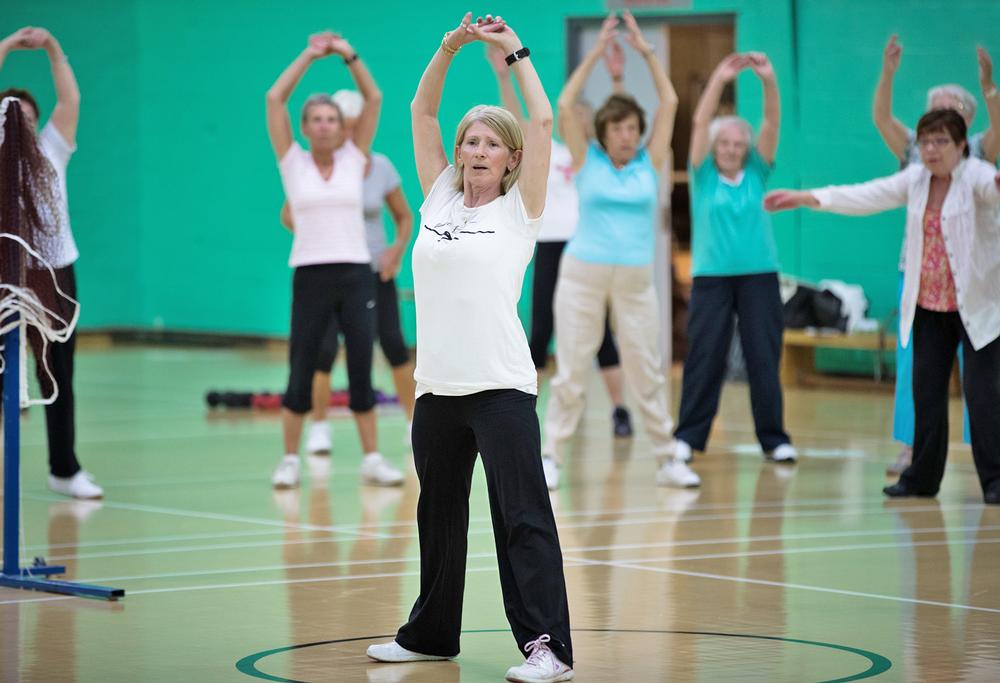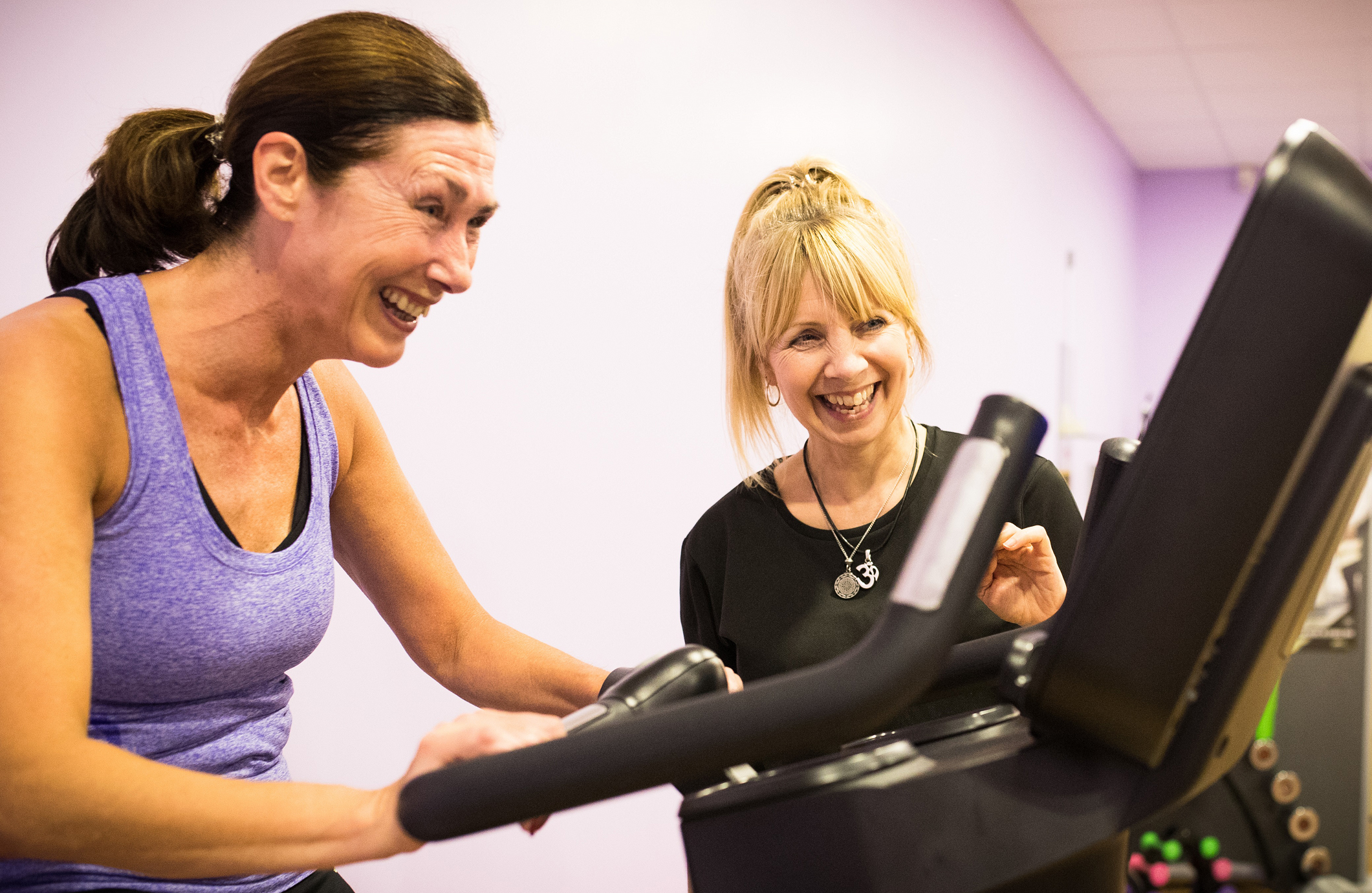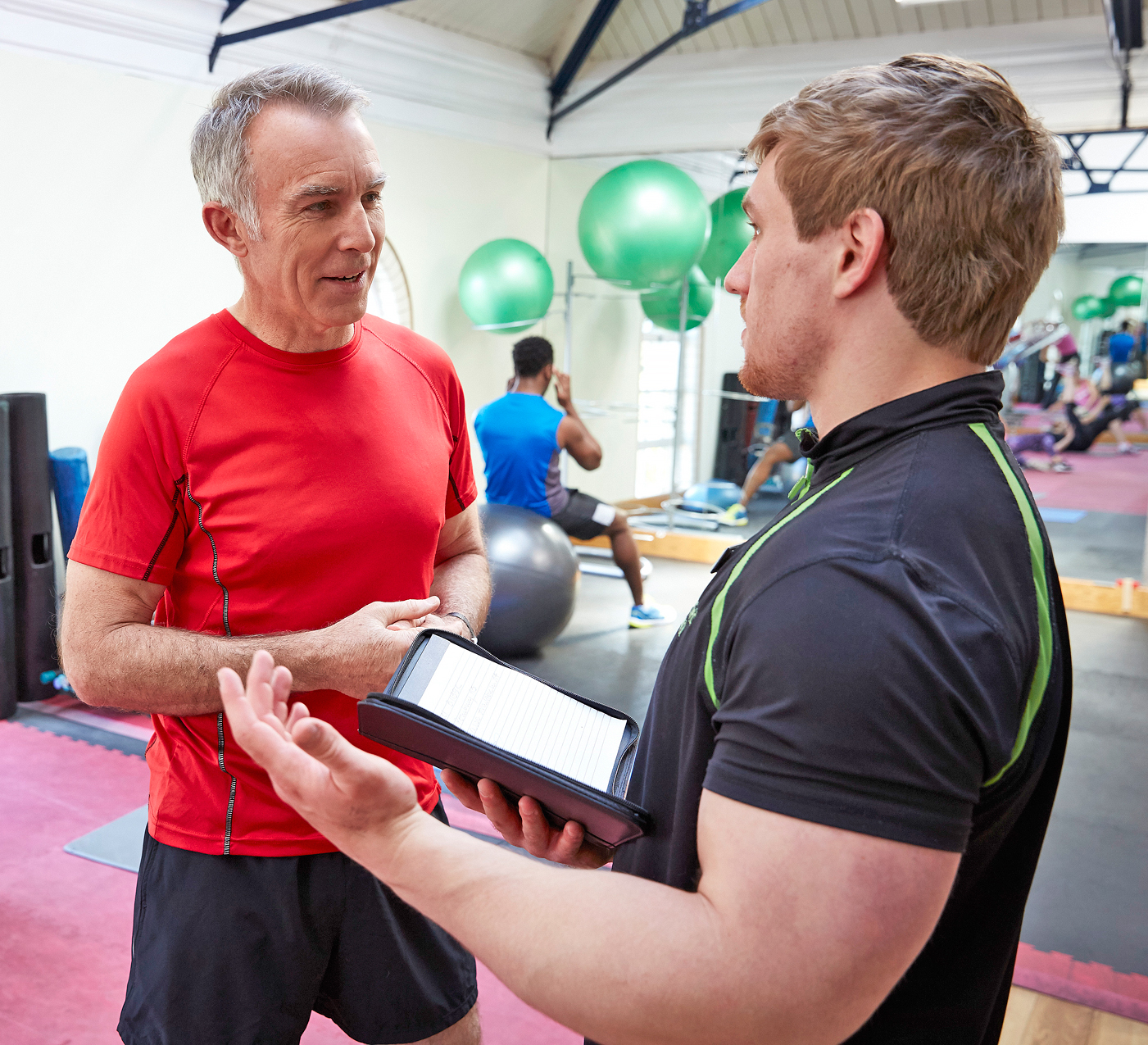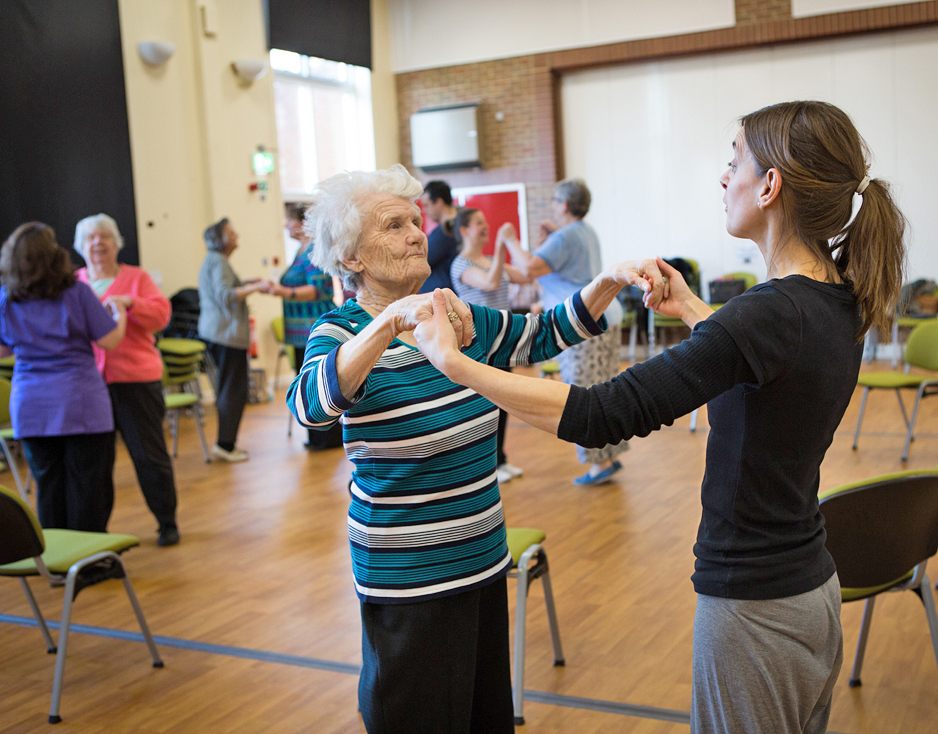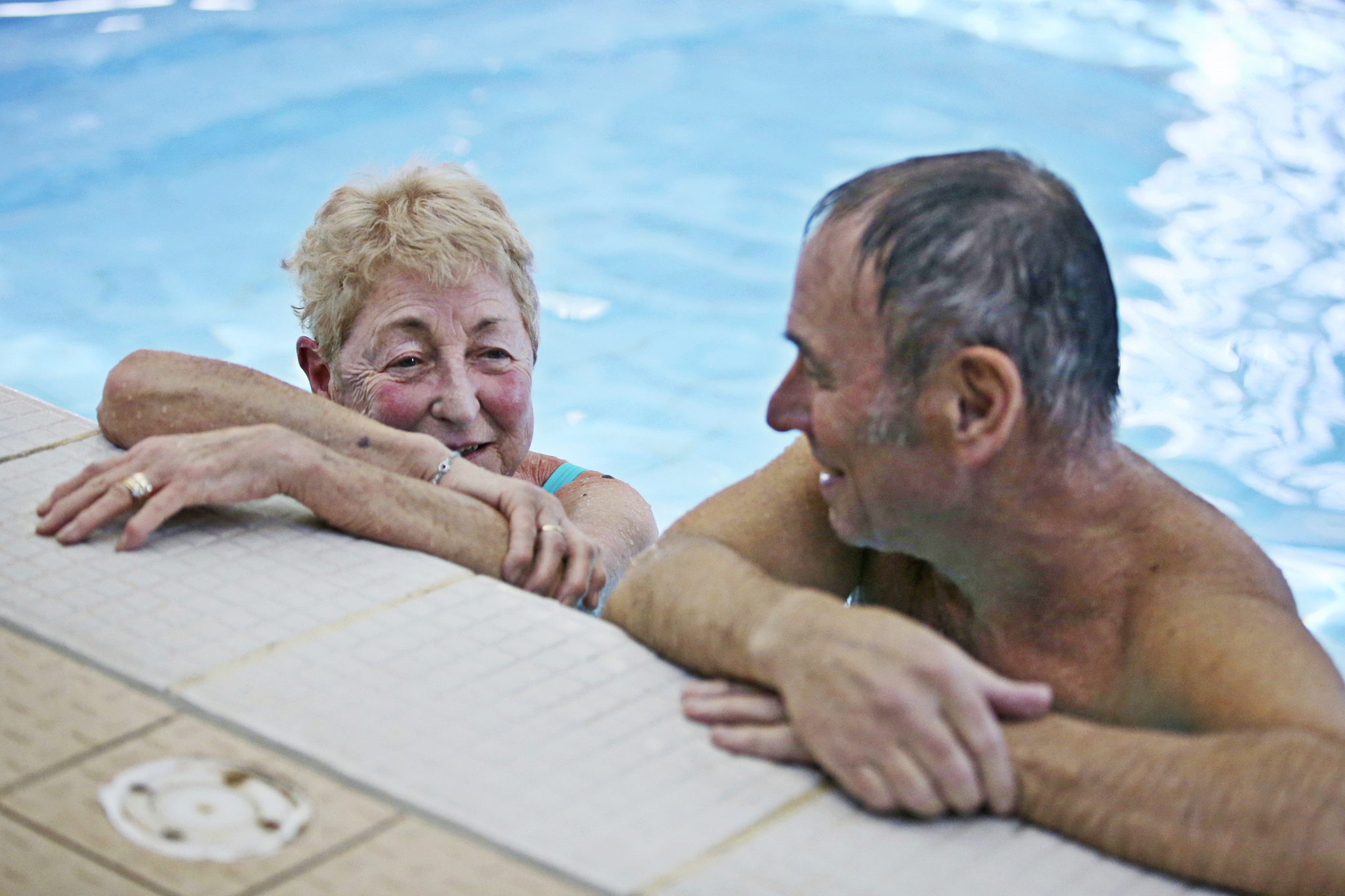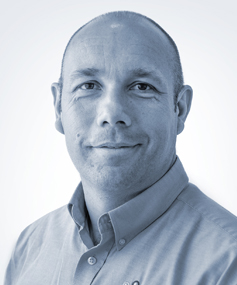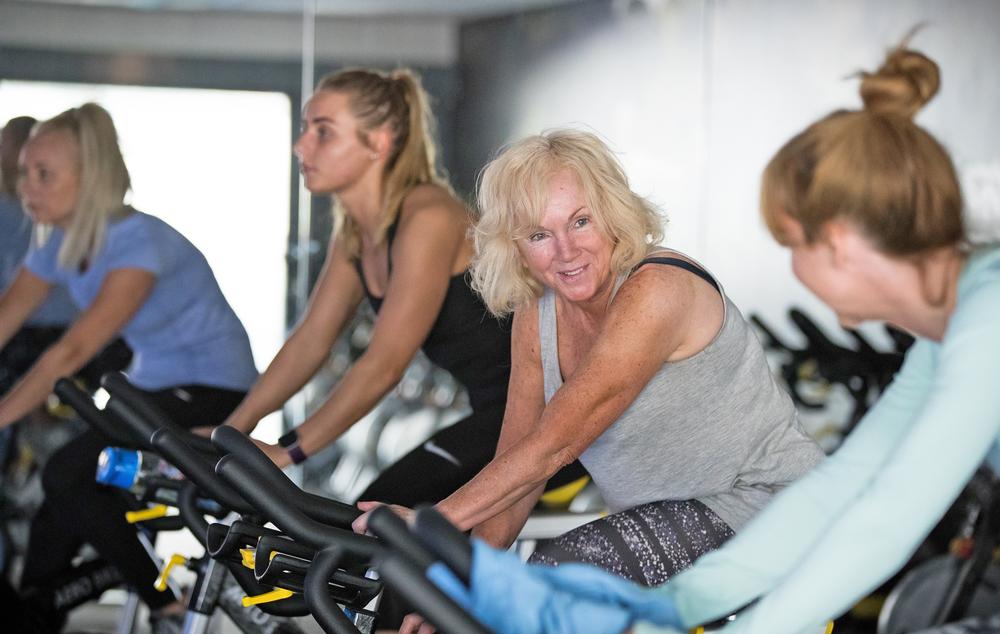The UK’s population is ageing, fast. And with ageing comes a growing proliferation of health problems including disease, disability and dementia.
We assume growing older goes hand in hand with a loss of function and resilience but a major new report – Reimagining Ageing – produced by not-for-profit health body ukactive with the DataHub and Sheffield Hallam University argues that our twilight years can be healthy, independent and happy, providing one key constituent is in place: physical activity.
When you consider that by 2040 nearly one in four people will be 65 or older, and a quarter of those will be living with a life-limiting long-term condition, ageing is an issue we cannot afford to ignore.
Active years
Using data collected by the DataHub from more than 500 million individual visits to over 2,000 leisure facilities, ukactive’s Reimagining Ageing report provides a clear picture of our ageing nation. It demonstrates how, by closing the fitness gap, we have the opportunity to add healthy, independent and active years to lives across the UK. In fact, the experts believe that not only can we slow the rate of decline often associated with growing old but we can actually reverse it.
“Increased fitness can achieve this at any age, no matter how many long-term conditions the person has,” says Professor Sir Muir Gray, former Chief Knowledge Officer for the NHS, who firmly believes living independently and productively into our later years is achievable. “To grasp this opportunity and improve the national experience of growing old, we need to get older people more active, more often.”
There are significant economic advantages too. Seventy per cent of the nation’s wealth is currently held by over-50s; as a cohort they spent £320bn in 2017, yet data shows that older adults (over-55s) account for just one in five public leisure facility memberships. The usage rates of those aged over 65 falls even further, accounting for only nine per cent of visits. So how can health and fitness providers use this insight to harness the opportunities and meet these challenges?
Strength in numbers
The first step is to make better use of data to attract and retain the ageing population. “Historically, our sector has been forced to base business decisions on straw polls, surveys or guesswork,” explains Utku Toprakseven, director of sports intelligence at 4global, which manages the DataHub.
“Now we have real-time information on millions of older consumers’ lifestyles and activity habits, and can put it at the fingertips of decision makers. There is strength in numbers. Operators are already proving how focusing on what their data tells them can deliver commercial returns, participation outcomes and social impacts.”
Welcome to wellness
The second step is to embrace accessible activity facilities, which offer an inclusive, welcoming and holistic physical activity experience for everyone, including older adults. ukactive and Sport England are developing a programme that would see the UK’s ageing leisure stock replaced by community-focused wellness hubs. Bringing together swimming pools, gyms and multi-sport facilities with GP drop-in centres, rehab services, libraries and police stations could have a powerful impact on our local communities’ health and wellbeing.
Existing wellness hubs have already seen increased usage and have offered significant cost-savings to local authorities. The challenge now lies in facilitating a national roll out as, currently, the initiatives broadly exist in isolation and aren’t fulfilling the potential impact of a cumulative approach.
Past and projected data from the period and cohort life tables, 2016-based, UK: 1981 to 2066. Office for National Statistics. 2017.
Active Lives Adult Survey: November 16/17 Report.
Sport England. March 2018.
K. Barnett et al, Epidemiology of multimorbidity and implications for health care, research, and medical education: a cross-sectional study.
The Lancet. May 2012.
Moving Communities: Active Leisure Trends 2018 Report. ukactive Research Institute and Datahub. 2018.








